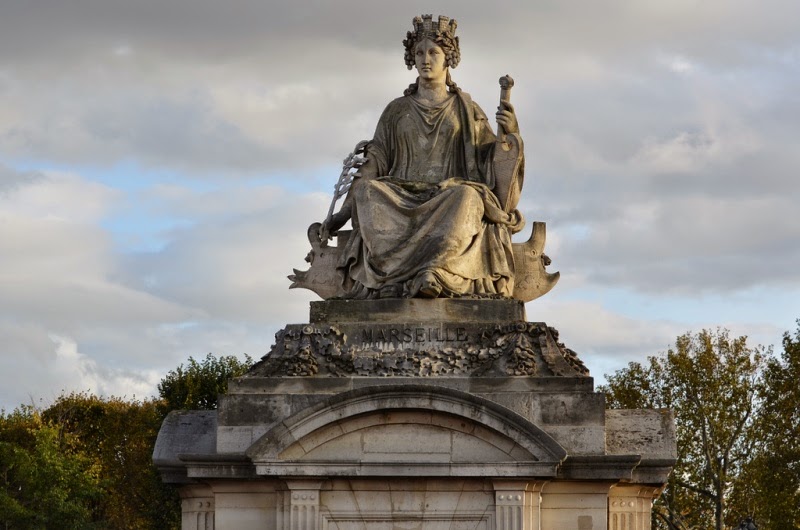 |
| Photo by jean-louis zimmermann |
 |
| Photo by Jason OX4 |
 |
| Photo by MKFautoyère |
 |
| Photo by Jean-François Paris |
 |
| Photo by jpellgen |
 |
| Photo by dierk schaefer |
 |
| Photo by beggs |
 |
| Photo by vincen-t |
 | |
| Photo by CpaKmoi |
Text Sources: wikipedia.org and worldsiteguides.com
 |
| Photo by jean-louis zimmermann |
 |
| Photo by Jason OX4 |
 |
| Photo by MKFautoyère |
 |
| Photo by Jean-François Paris |
 |
| Photo by jpellgen |
 |
| Photo by dierk schaefer |
 |
| Photo by beggs |
 |
| Photo by vincen-t |
 | |
| Photo by CpaKmoi |